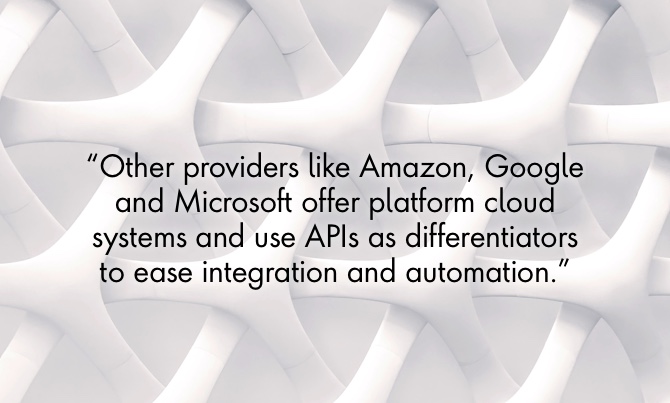As consumers and as an industry, we’ve scored a victory with open banking. Now it’s time to push forward by moving beyond openness as the goal. It’s time for banks to adopt a “post-open” perspective on APIs and the banking ecosystem.
In the early 2010s, most banks weren’t interested in giving their customers free and easy access to their data. Back then, if you were using personal finance software to manage your money, you’d take on the risk and effort of getting your data yourself. That could mean downloading your banking data through the browser. Or, it could mean sharing your banking password with a third-party application and hoping you weren’t putting yourself at risk. Neither option was ideal.
Today, things are different. Open banking in the UK, along with the European Union's updated Payment Services Directive (PSD2) have pushed banks to open up their data. Banks across Europe have been forced to publish application programming interfaces (APIs), which allow software applications to communicate with one another. Banks already had droves of APIs that they used for their own applications and systems. But the new wave of regulated open banking APIs were to be published on the web and made available to a mass market of regulated third parties.
The UK's open banking initiative came to life on January 13, 2018. Today there are great signs of progress. Europe’s largest banks have all provided regulated open APIs and there are hundreds of third-party companies who are actively using them. Today, UK customers can get to their data with relative ease and connecting third-party applications to your data can be as easy as pushing a few buttons.
By these measures, open banking has been a success. An open ecosystem has been established for the banking world thanks to the regulated and standardized APIs that banks have been forced to provide. But, dig a bit deeper and you'll find that the vast majority of open banking activity comes from large aggregation services and personal finance management tools.
UK customers can get to their data with relative ease and connecting third party applications to your data can be as easy as pushing a few buttons.












